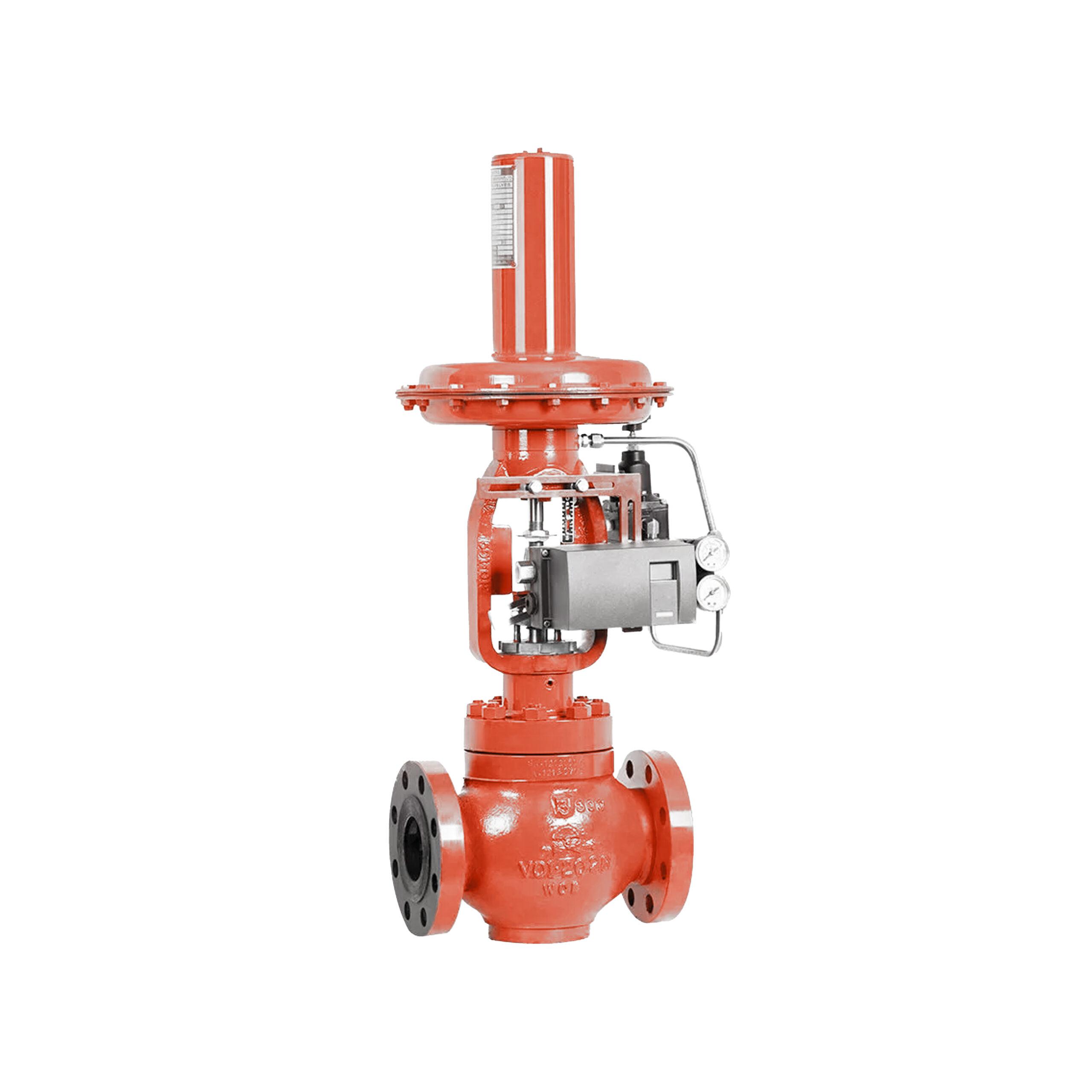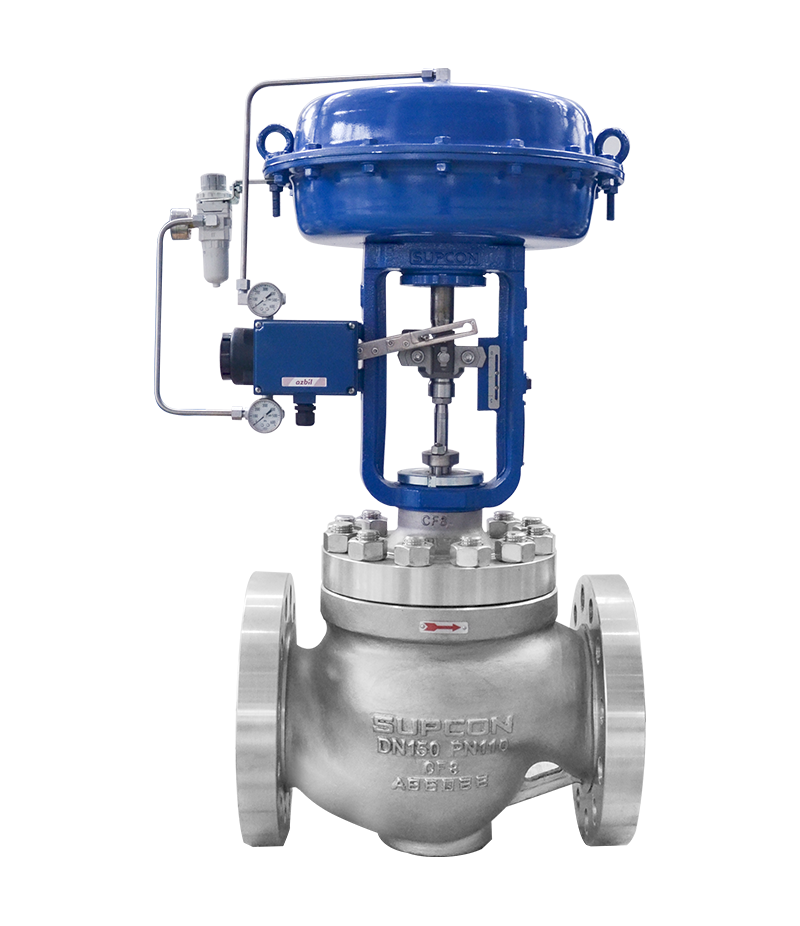Enhancing Functional Performance with Advanced Control Valves

Maximize Energy Cost Savings and Comfort With Advanced Building Automation Controls
In the realm of modern-day architecture and center administration, the combination of sophisticated building automation controls stands as an essential innovation. By using the power of automation, structures can adapt, respond, and evolve in means that were when inconceivable.
Energy Efficiency Conveniences
Power performance advantages can dramatically lower energy usage and operational prices in structures. Energy-efficient systems, such as sophisticated structure automation controls, can enhance the usage of resources like cooling, illumination, and heating, leading to reduced energy expenditures over time.
Furthermore, enhanced energy efficiency can prolong the lifespan of building equipment and systems. By running more effectively, cooling and heating systems, lighting components, and various other building components experience much less damage, resulting in minimized upkeep and replacement prices. Additionally, energy-efficient buildings often regulate higher property values and rental prices, giving lasting economic benefits to owners.
In addition, energy performance can enhance occupant comfort and performance. Effectively regulated interior atmospheres with optimum lights and thermal problems develop an even more helpful and pleasurable work space, leading to boosted worker contentment and performance. On the whole, the power performance advantages connected with innovative building automation controls are diverse, incorporating cost savings, ecological stewardship, and resident wellness.
Improved Convenience Control
Enhancing comfort control in building settings requires an advanced integration of sophisticated automation systems for ideal resident well-being. By making use of innovative building automation controls, facilities can customize the interior atmosphere to fulfill the specific needs and preferences of occupants. These systems enable exact regulation of lighting, ventilation, and temperature level, producing a comfortable and effective environment. Owner contentment and efficiency are very closely connected to thermal comfort, making it necessary to have systems in position that can adapt to altering conditions in real-time.
Boosted comfort control exceeds standard temperature level adjustments. It includes features such as personalized setups, tenancy sensors, and natural light use to create a dynamic and responsive setting. By including these sophisticated controls, structures can not only improve comfort however also boost energy efficiency by maximizing system procedures based upon real occupancy and usage patterns. Ultimately, prioritizing resident comfort via advanced automation systems brings about an extra delightful and much healthier interior setting.
Functional Efficiency Improvements

In addition, the implementation of real-time tracking and analytics tools enables structure operators to recognize energy inadequacies and operational anomalies quickly. By continually monitoring energy usage patterns and system performance metrics, adjustments can be made in real-time to enhance energy consumption and make sure peak functional performance. control valves. Furthermore, including demand response techniques into building automation controls can additionally boost functional performance by dynamically adjusting energy usage based on grid conditions and pricing signals
Indoor Climate Optimization
Reliable indoor environment optimization is a basic element of building automation controls, guaranteeing passengers' comfort and well-being while taking full advantage of energy financial savings. By using sophisticated sensors and controls, building automation systems can constantly adjust and keep track of temperature, humidity degrees, air quality, and ventilation to produce an optimum indoor environment. Preserving consistent and comfortable conditions not just improves occupant contentment but additionally improves efficiency and total health.
Indoor find out this here climate optimization also plays an essential role in energy effectiveness. By fine-tuning cooling, air flow, and home heating systems based on real-time information and tenancy patterns, building automation controls can considerably minimize energy intake - control valves. For circumstances, carrying out techniques such as demand-controlled ventilation and thermal zoning can help decrease power waste while ensuring that each location of the structure obtains the needed conditioning.

Sustainable Atmosphere Production
Structure automation regulates not only enhance indoor climate conditions for power effectiveness and resident comfort however also lay the foundation for producing a sustainable setting with critical management of systems and resources. By integrating sophisticated structure automation technologies, such as sensors, actuators, and intelligent software, centers can keep track of and change energy usage in real-time to decrease waste and reduce their carbon footprint. These systems make it possible for anticipating upkeep, determining possible issues prior to they intensify and enhancing tools performance to improve long life and efficiency.
Furthermore, sustainable atmosphere development extends beyond energy management to encompass water preservation, waste reduction, and interior air high quality enhancement. Building automation controls can manage water use, discover leakages, and ensure appropriate waste disposal practices, adding to overall sustainability efforts. Additionally, by controlling and keeping an eye on ventilation and purification systems, discover this these innovations improve occupant wellness Get the facts and efficiency while reducing energy usage linked with HVAC procedures.
Verdict
Finally, progressed building automation manages deal substantial benefits in regards to energy financial savings, comfort control, operational effectiveness, indoor environment optimization, and developing a lasting environment. By executing these controls, structures can achieve optimal efficiency while minimizing energy usage and improving owner convenience. It appears that using sophisticated automation innovation is essential in enhancing building efficiency and creating a much more lasting future.
Power effectiveness advantages can considerably minimize power usage and functional prices in structures. In general, the energy performance benefits associated with innovative building automation controls are diverse, incorporating expense financial savings, ecological stewardship, and resident well-being.
Additionally, incorporating demand action methods right into building automation controls can further boost functional efficiency by dynamically changing energy use based on grid conditions and prices signals.
Building automation controls not only optimize indoor climate problems for energy efficiency and occupant convenience however likewise lay the foundation for producing a sustainable environment with tactical administration of systems and resources.In conclusion, progressed structure automation controls deal substantial advantages in terms of power financial savings, convenience control, operational effectiveness, interior environment optimization, and creating a lasting atmosphere.